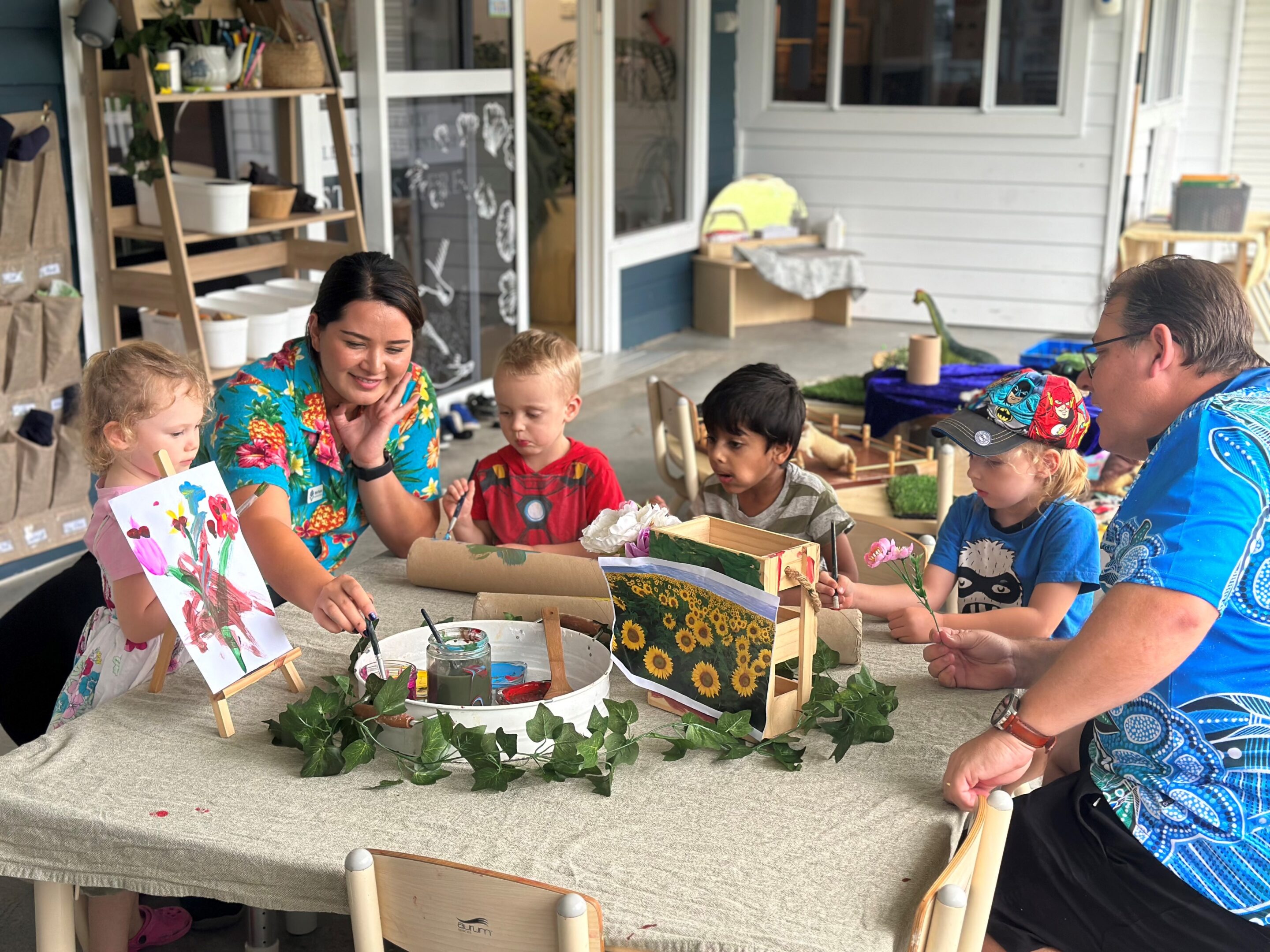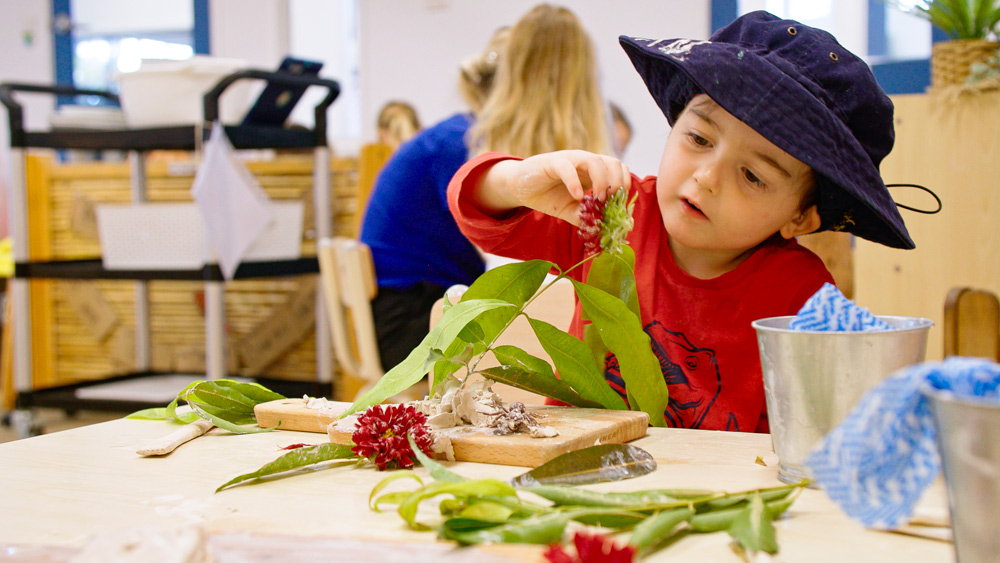Gardening is extremely beneficial for children and their early childhood education. Gardening in early childhood education fosters key life skills that are often undervalued in a lot of conventional education curriculums. Gardening is the perfect activity to encourage children to get outside and play in nature while learning about the world. Sanctuary early learning centres have implemented gardening into our curriculum as we believe in the many benefits that such a rich, wholesome outdoor activity can bring to young children. Our programs are child focused and initiated, inspired by children’s curiosity and imagination designed to nurture the development and growth of each child; what better way to facilitate this than by gardening.
Gardening and Child Development
Humans of every age enjoy gardening, but children in particular have lots of fun and gain so many benefits. Gardening is exciting, educational, and develops important new skills, including:
- Appreciation of nature – children in the garden can learn about the outdoor environment in a safe and nurturing space;
- Responsibility – derived from caring for plants that rely on the children to thrive;
- Understanding of life’s processes – as children learn about cause and effect (for example, plants die without water, weeds compete with plants);
- Confidence and Resilience – through achieving their goals of growing certain plants and enjoying the food they have grown;
- Cognitive development and problem solving skills – learning about the ecosystem in the garden, plants, animals, insects, weather, the environment, nutrition, and simple building skills;
- Physical activity – gardening gets kids out into the open air and moving their bodies. It also keeps them away from screens and desks;
- Teamwork – gardening for children is a great way to encourage shared play activity, which will help them to develop social skills;
- Creativity – finding new and exciting ways to grow food can inspire the creativity and innovation in every child; and
- Nutrition – learning about where real food actually comes from, not the supermarket!
Activities in the Garden for Children
There are many activities that your children can engage with in the garden that will assist them to develop their curiosity and imagination. At Sanctuary Early Learning, we have crafted gardens into each of our early learning centres so that your children can engage with nature in a constructive way, instead of being stuck in the classroom all day. Although Sanctuary incorporate gardening into our curriculum, your kids can never have enough gardening! If you want to get your children involved in the garden at home, here are some great ideas for inspiration:
- Research the best vegetables to grow in your climate, how to care for them and their seasonal growth patterns;
- Grow vegetables that you can eat as a family;
- Create a succulent garden;
- Plan and build a garden with your children;
- Get creative with recycling! Reuse plastic bottles to become planters;
- Learn about garden care. Task your children to become the gatekeepers against weeds and other elements that might threaten the garden, they’ll love it;
- Create a peaceful green space to encourage your children to spend time outdoors; and
- Build funny scare crows to keep birds away.
There are endless possibilities when it comes to gardening activities for children, the only limit is your imagination.
The best plant choices for your child’s garden
Raising all types of plants is great for child development, but there are some plants in particular that are perfect companions for gardening with children. Here are a few of our recommended choices for a great interactive gardening experience for your child:
- Strawberries – so easy to grow and delicious to eat straight from the garden;
- Cherry tomatoes – sweet bite sized tomatoes that kids will love to eat! Compact varieties are perfect for pots and can be ready to pick in as little as 10 weeks
- Corn – children love it when the stalks grow taller than their heads. To grow corn you will need a bit of space in a sunny veggie patch;
- Potatoes – harvesting them is like a treasure hunt. You can try planting them in a container, so kids can dump it out and then dig in to find the potatoes;
- Daisies – daisies are a crowd pleaser for their flowers and easy maintenance;
- Petunias – petunias are flowers that can create a rainbow of bright colour out in the garden or in a pot or hanging basket;
- Carrots – the seeds will need a bit of care while they’re germinating, but children are so happy when they finally get to pull them out of the ground; and
- Sunflowers – a traditional favourite, with their beautiful big yellow flowers. Kids can start the seeds indoors, watch them sprout and then transplant them out into the garden. Kids can also measure how tall their sunflowers get.
Engaging in gardening activities with your children is the perfect way to encourage children to get outside and safely play in nature while learning about the world. Sanctuary early learning centres have implemented gardening into our curriculum as we believe in the many benefits that such a rich, wholesome outdoor activity can bring to young children both at home and at kindergarten.






